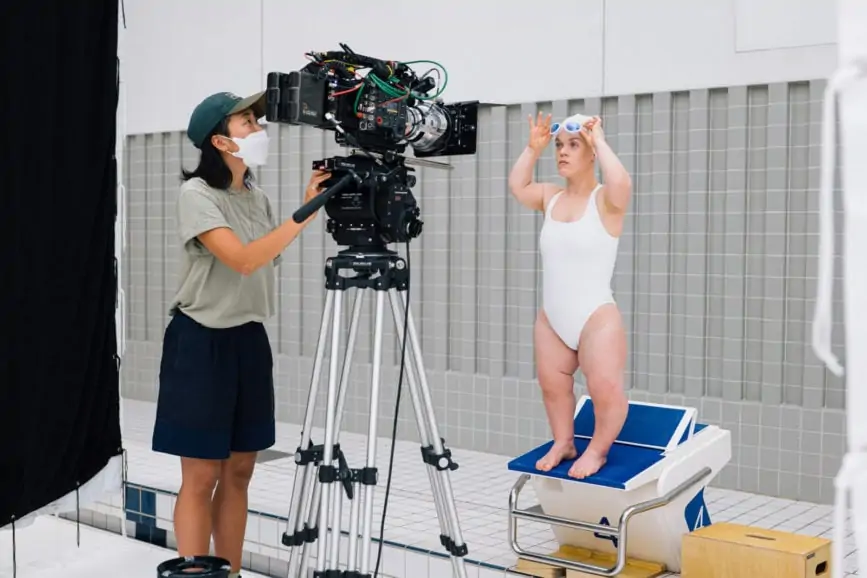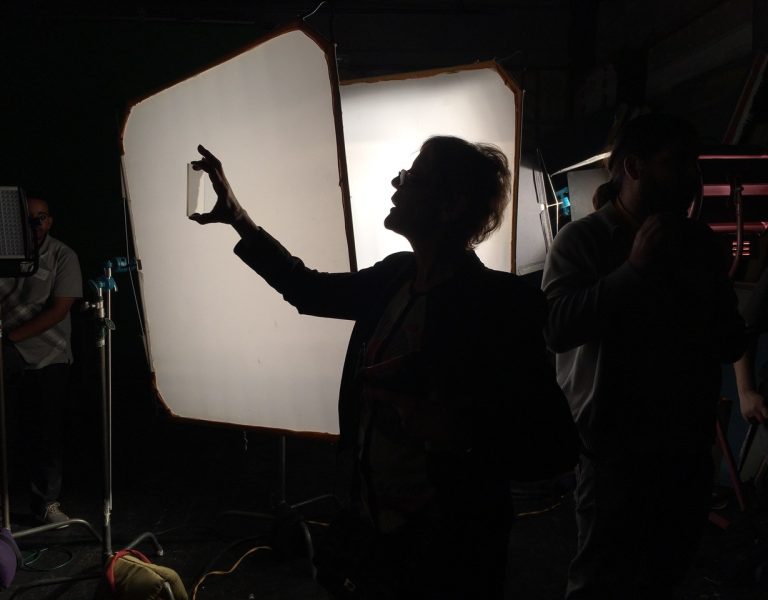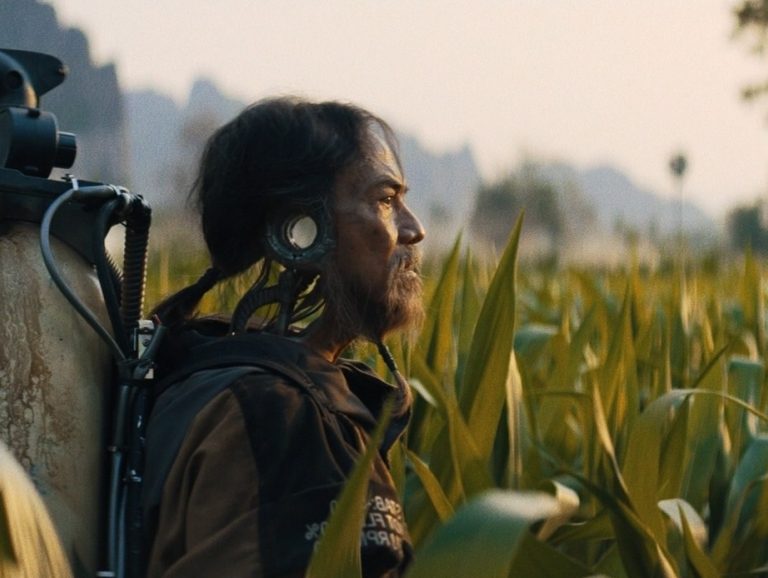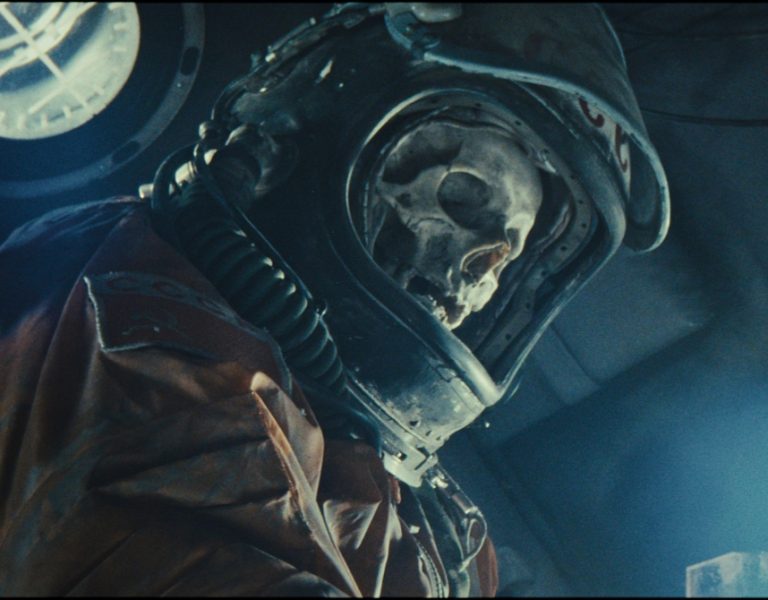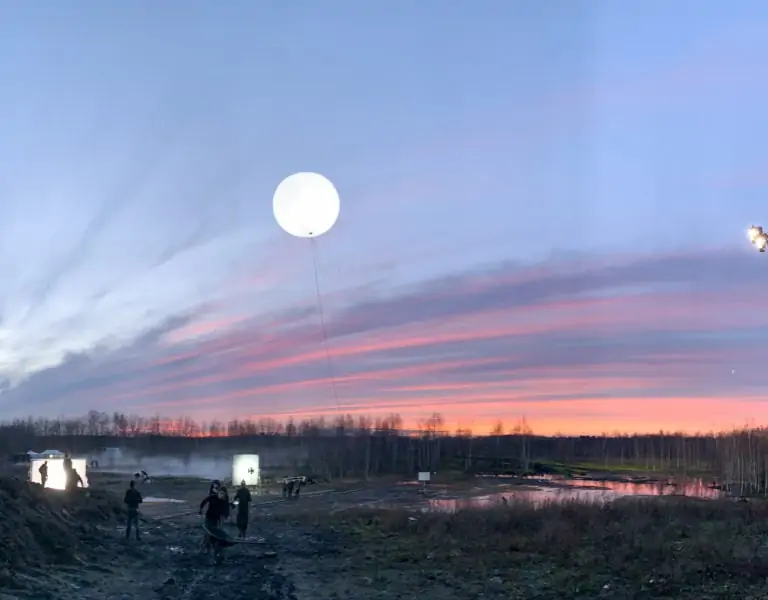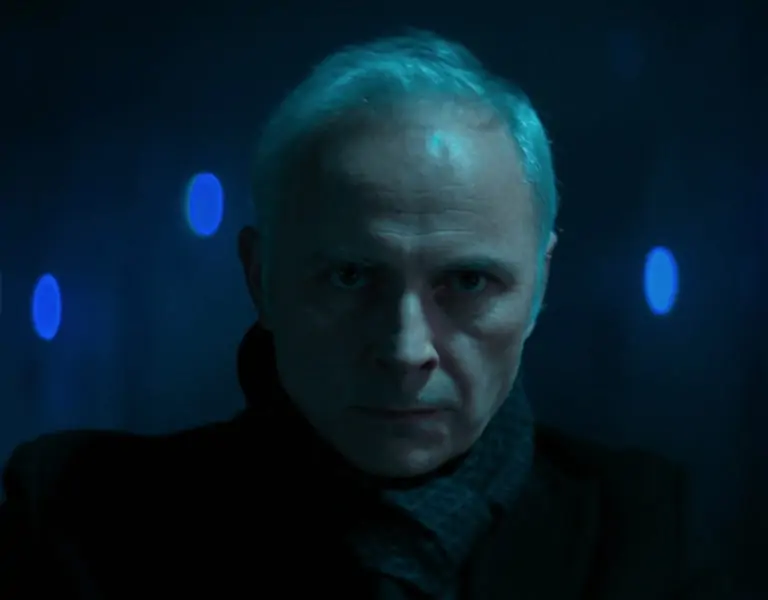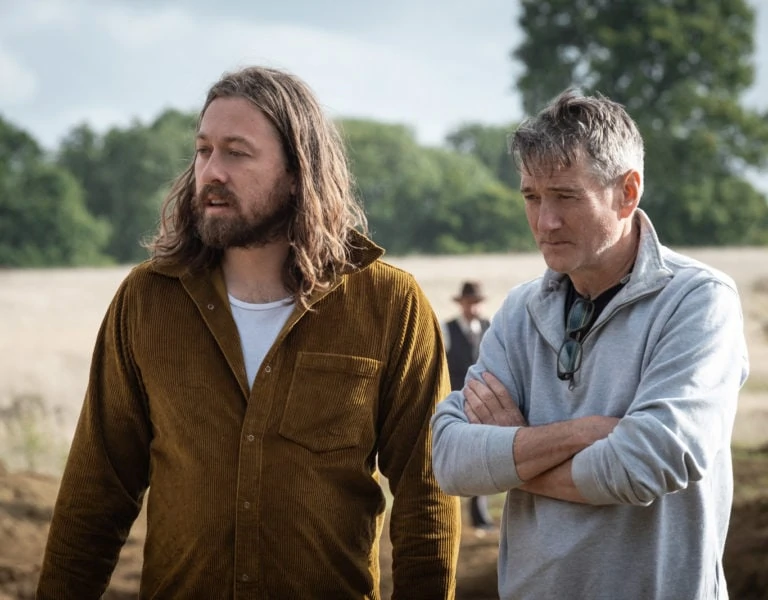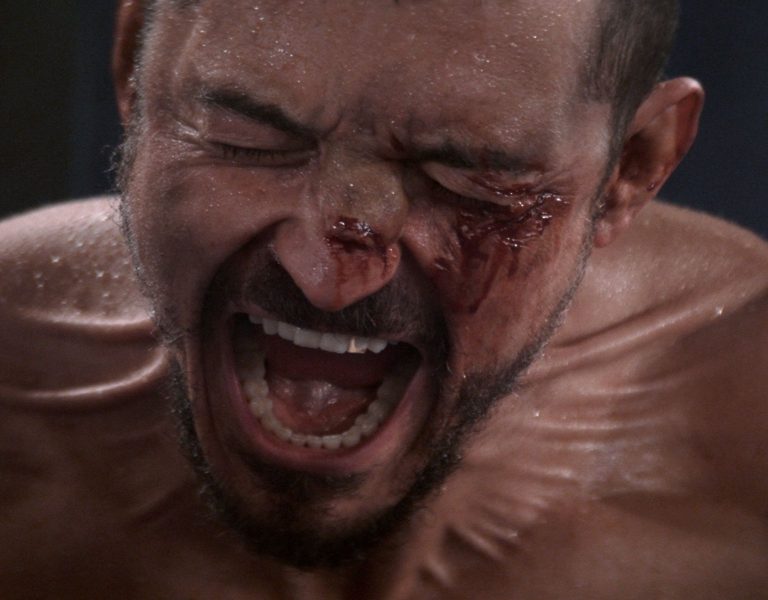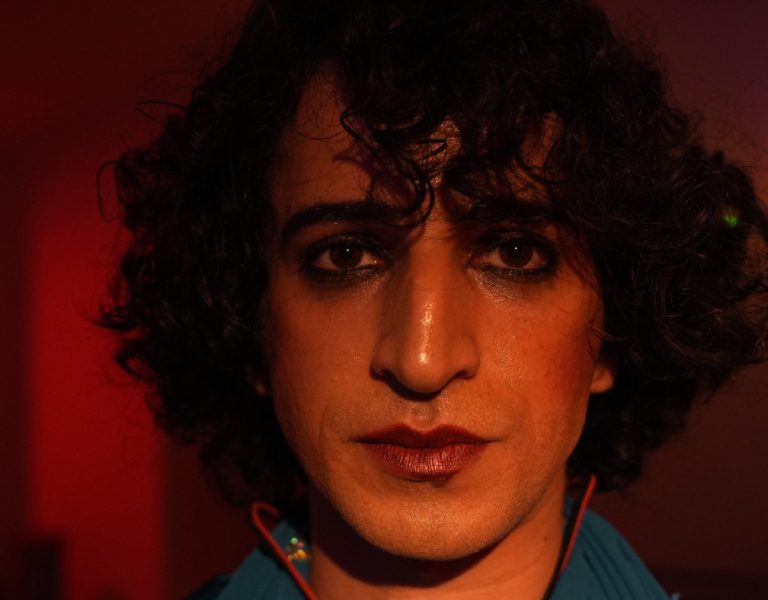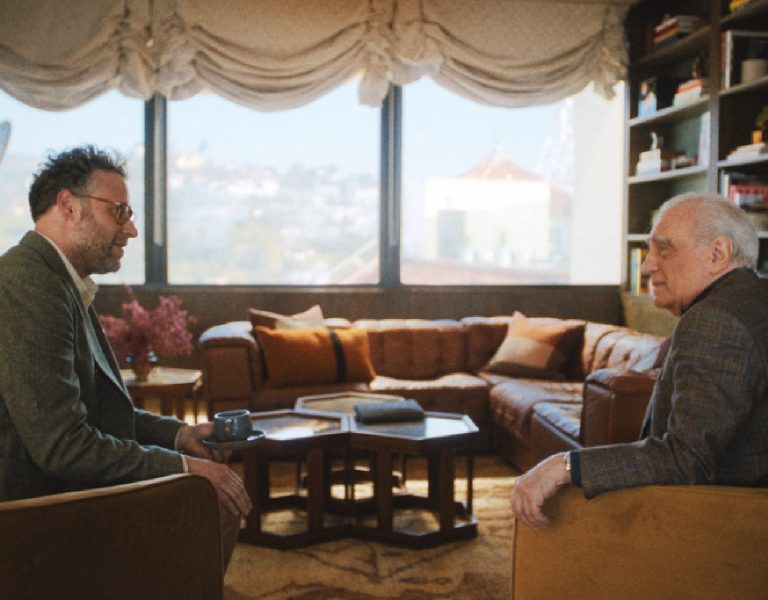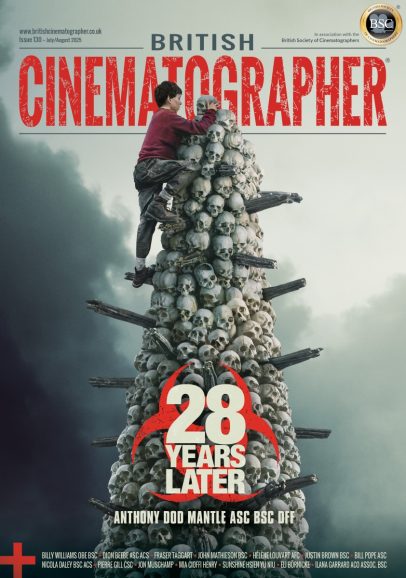ACTION HEROES
Channel 4’s film promoting the Paralympics excels in originality and style once again. Cinematographer Rina Yang talks the creative process behind the gritty yet quirky commercial, her London-based production family, and working alongside the film’s director – and fellow cinematographer – Bradford Young ASC.
Following on from two award-winning Paralympic Games commercials, Channel 4’s latest Super.Human. film changes course to not only shine a light on the sporting heroes’ talent and determination but also examine the reality of the gruelling training required to keep at the top of their game. Not shying away from the blood, sweat, and tears involved, the three-minute film emphasises the human element whilst capturing the athletes’ everyday lives and sacrifices they make in pursuit of sporting greatness.
Like Channel 4’s inaugural superhumans film promoting the 2012 Paralympic Games coverage, the humorous yet powerful Super.Human. commercial continues to play a part in changing perceptions of disability. Visual and sonic unison is key, with scenes cut with precision to Jay Prince’s version of So You Want to be a Boxer from Bugsy Malone.
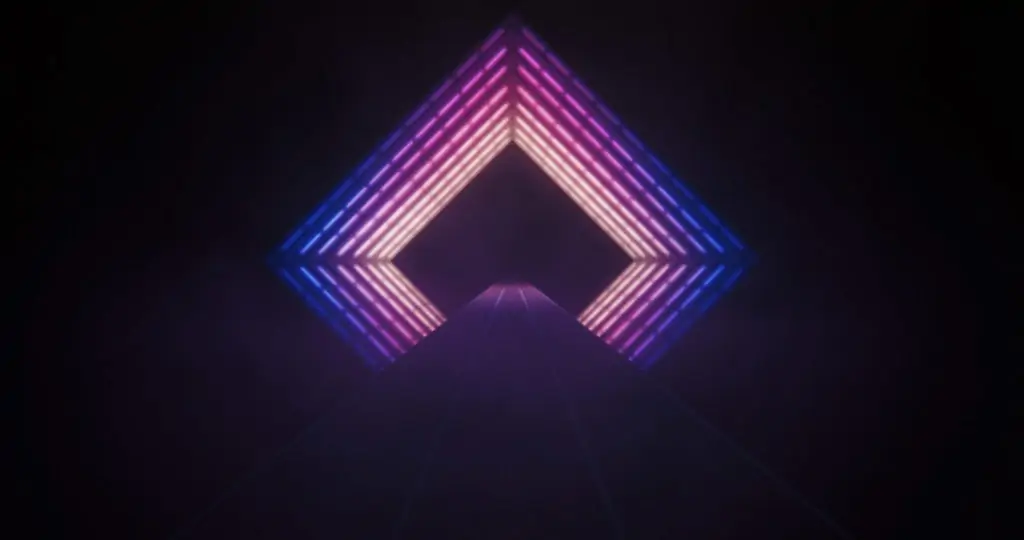
Bradford Young ASC moves from behind the camera to direct the spot, joining forces with cinematographer Rina Yang, athletes including Kadeena Cox; Ellie Simmonds; Kylie Grimes; David Smith; Jody Cundy; Ali Jawad; and Jordanne Whiley, agency 4creative, and a dedicated production crew, to capture the pain, talent and triumph as the super humans prepare to compete at the 2020 Games in Tokyo.
“I was flattered when Bradford asked me to shoot the commercial,” says Yang. “It was such an honour to work with him because I respect his work, artistic ethos and how he creates visuals. I’ve admired Channel 4’s previous Superhumans spots – they’re always memorable and I knew the concept for this one would be too.”
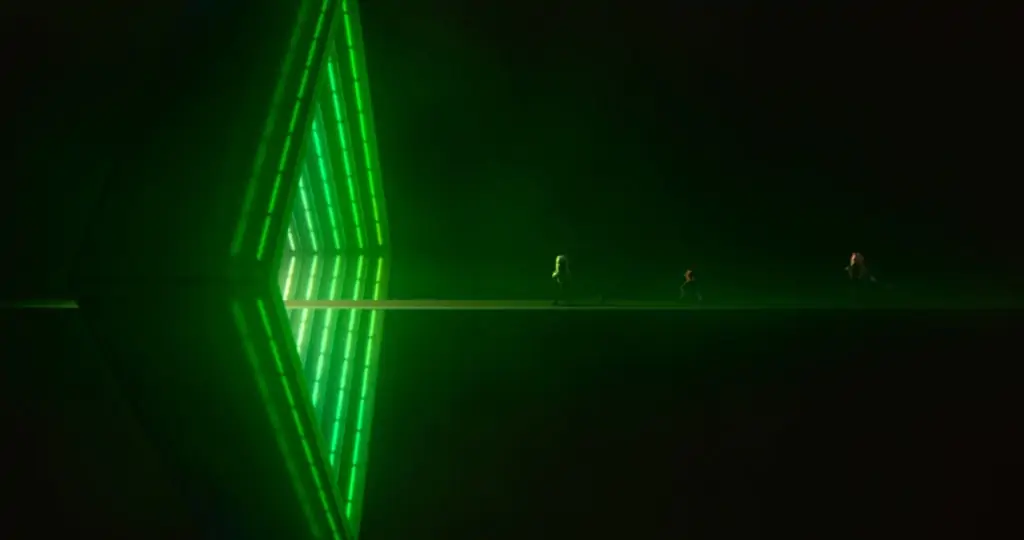
Young and Yang began the creative process by discussing how they would visually represent the two contrasting elements of Super.Human – the action of the sport-focused scenes and those of the athletes’ everyday lives. “Bradford wanted the everyday life section to be quite mundane and almost like a documentary in its style, whereas the athletic sequences would be more stylised and have a punchier visual language,” says Yang. “He also wanted to mix in some animation and stock footage, so he talked me through those and explained how we would switch the aspect ratio for those sections, although everything we shot would remain at a fixed aspect ratio of 16:9.”
References Young presented in prep were wide ranging, with some visuals taking Yang by surprise. “I initially wondered what the inspiration was behind a picture of a plate of beans, but it soon became clear as we explored the concepts that it was to give a flavour of the film’s light-hearted, tongue in cheek tone,” she says. “We didn’t want to go too moody or dark as it’s not right for the vibe of the commercial. Bradford and I are known for moody images, but we were mindful to be a bit more commercial with our approach.”
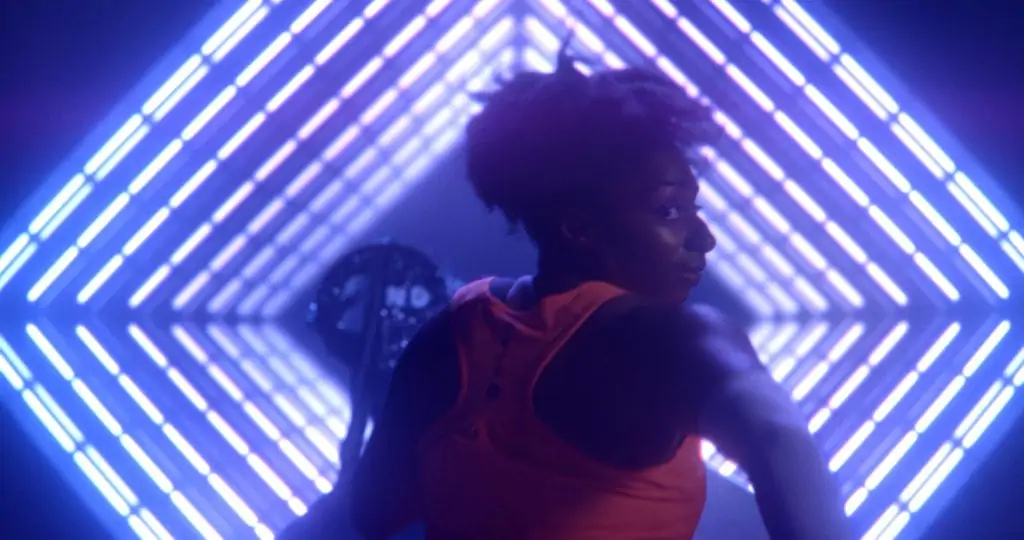
Yang carried out the tech scout remotely because she was in quarantine following a Nike commercial shoot in Seoul, South Korea. “I asked my gaffer Elliott Beach to attend it with Bradford and I knew we were in good hands regardless because Bradford is such an amazing cinematographer himself,” she says.
Careful equipment selection helped create a distinction between the two types of sequence, subtly separating the worlds. The stylised athletic scenes were shot using the Sony Venice combined with Panavision Panatar lenses, using the 35mm for wide angle shots and switching to the 40mm when Yang felt the image looked too distorted. “We went with Panavision anamorphic, but only 1.3x squeeze because we didn’t feel the full squeeze anamorphic was right for the project. We just wanted the subtle magic the lenses create because the sports sequences needed to look slicker,” explains Yang. “I wanted to use the Panatar to break it down a little bit because I’m not a huge fan of shooting Venice clean because it’s just too clean for me and I feel there is too much information.”

Yang was so impressed by the Panatars that she used the exact same set for the film she went on to shoot in New York. “Panavision told me it was rare for those lenses to be available because they are normally out on studio features. I love the 40mm so much – it has a special rainbow flair. You can see the halfmoon flair in the Super.Human. tennis and rugby scenes.”
In contrast, the everyday life sections were captured using an ARRI Alexa Mini LF and Blackwing7 lenses, designed and developed by Young and Neil Fathom’s company Tribe7. “We wanted those scenes to feel more grounded, so we shot handheld on spherical lenses and close to the characters,” says Yang. “I bought the Blackwing7 lenses as soon they were released, after testing prototypes when I was shooting Top Boy a couple of years ago and I’ve shot on them frequently since.”
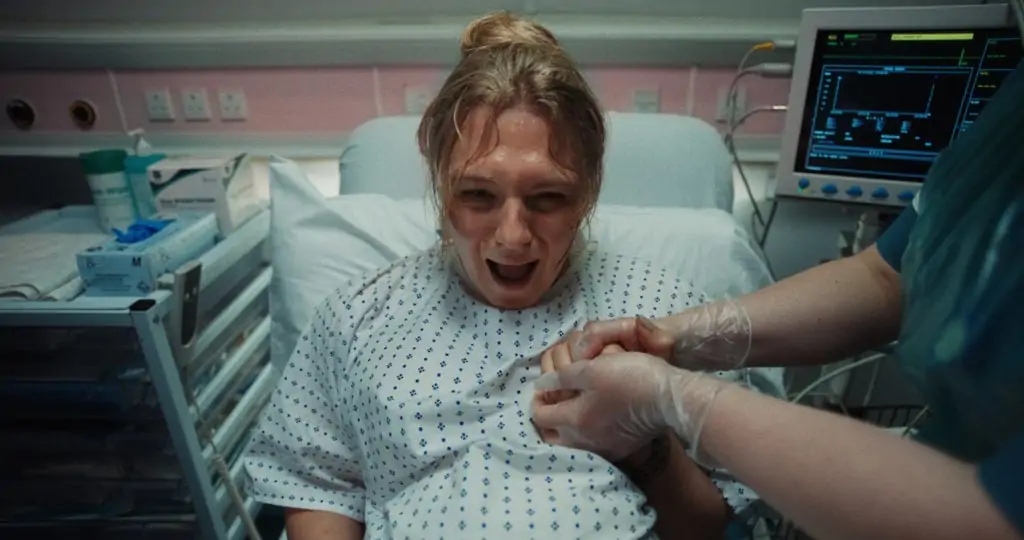
Young and Yang are fans of shooting low-angle and close to the characters and adopted this approach for the spot. “If in doubt, go low,” says Yang. “I rarely go above the eyeline unless it is significant to the story.”
The A Team
Captured over 7 days in mid-May 2021, the commercial was almost completely filmed on location in London. Sets were built for the room within the athletics track in the film’s opening which sees Paralympian and 2016 Rio gold medallist Kadeena Cox in a neon tunnel dream sequence, the runner’s bedroom, and the doctor’s office. Young and production designer Nathan Parker experimented with a variety of shapes and sizes when exploring the design for the striking neon Olympic-coloured rainbow arch which also appears later in the film and represents the athlete’s anxiety as Cox races against two giant monster-like silver and bronze medals on the track.
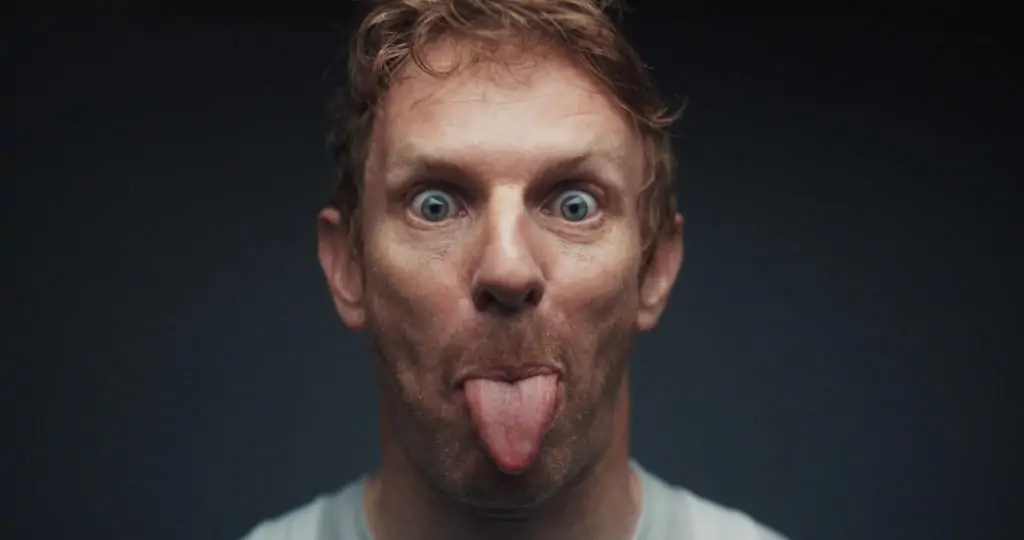
“We then shot at houses and gyms all over London. The nightmarish scene with Kadeena being chased by the medals was filmed at Alexandra Palace and the swimming and underwater scene – my favourite sequence and location – was shot at the London Aquatics Centre Olympic pool in east London.”
To capture the scenes of Paralympic champion Ellie Simmonds in the water, Yang trusted in “go-to underwater filming specialist” Mark Silk. “Mark was incredible at following Ellie in the water at speed to capture the action. We also did some crane work above the water following Ellie. We didn’t need to do very extensive lighting for the underwater sequences because the pool was well lit from above.”
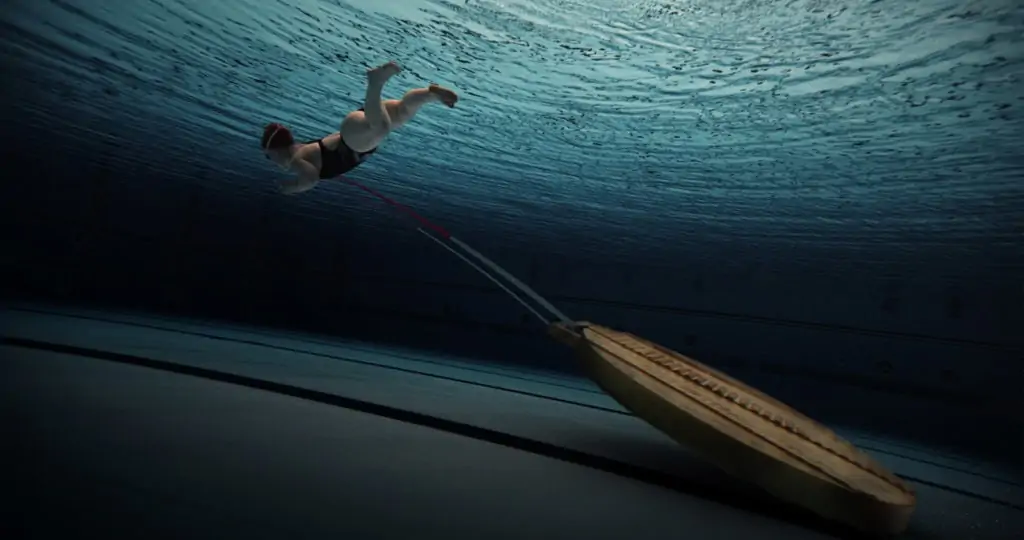
The most involved scene to light was the opening shots of Cox running through the multi-coloured neon arch – one of the most stylised looks in contrast to the commercial’s more grounded and clean scenes. “Early on, I told gaffer Elliot that I would need RGBW for the end of the track for the rainbow-coloured arch,” says Yang. “I wanted the colours to chase and needed the flexibility to change the colours and the speed, so he rigged high-speed RGBW LED light in the soft box on the condor. We didn’t use very hard light throughout the commercial and also worked with SkyPanels and LED balloons for scenes such as the night-time running sequence.”
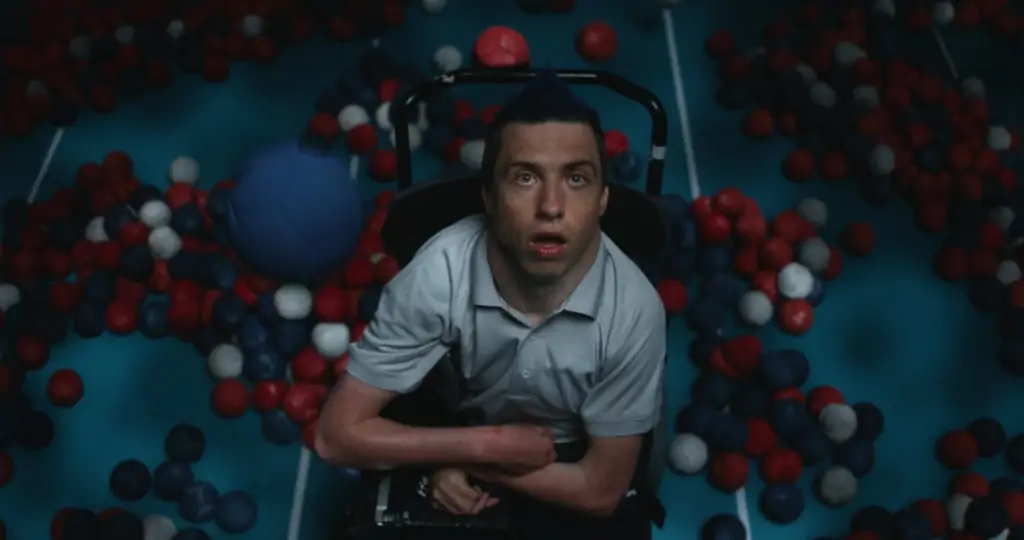
Bespoke rigs were created to film the action heroes including key grip Rob Barlow’s (from Feral Equipment) creation which the crew referred to as a ‘Spider dolly’ – a tiny dolly on skate wheels which the camera was mounted on. “This allowed me to push the camera around to capture the athletes in the wheelchair rugby and tennis scenes. It was perfect for when we were running at speed with the athletes and wanted a smooth shot rather than it looking like we were running around handheld,” says Yang. “Rob also built a scaffold rig mounted on a wheelchair that allowed us to film athlete Kylie Grimes as she is hoisted up into shot.”
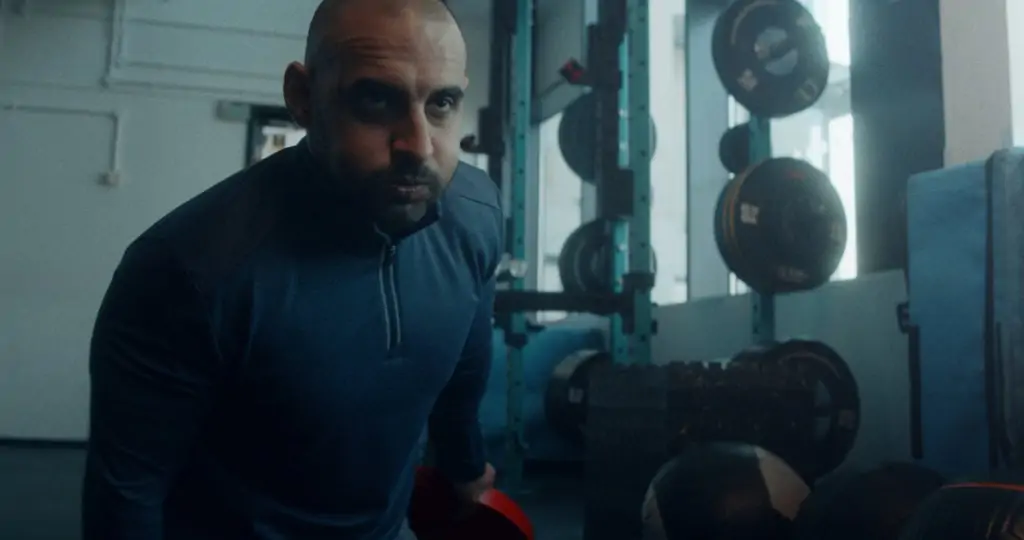
A tracking vehicle was used to film running scenes on the athletics track and the running close-ups were “faked” on a treadmill using a dolly and wind machine because “it’s not practical to shoot close up when athletes are sprinting so fast”. A GoPro captured the action on a bike which Yang feels “cuts surprisingly well with the other footage”. “In general, there weren’t many tracking shots – it was more locked off shots on the dolly and then we went handheld for the everyday scenes,” she adds.
Also included in Yang’s “A Team” was clapper loader Jonny Lewis and focus puller Thomas Nicholson. “They’re both so good at their jobs and consummate professionals. The Panatar can be quite complex for camera assistants to master because the way you mount the multiple focus is different for each lens, but Thom made it look easy,” says Yang. “The VFX team did a great job too as this film required many effects.”
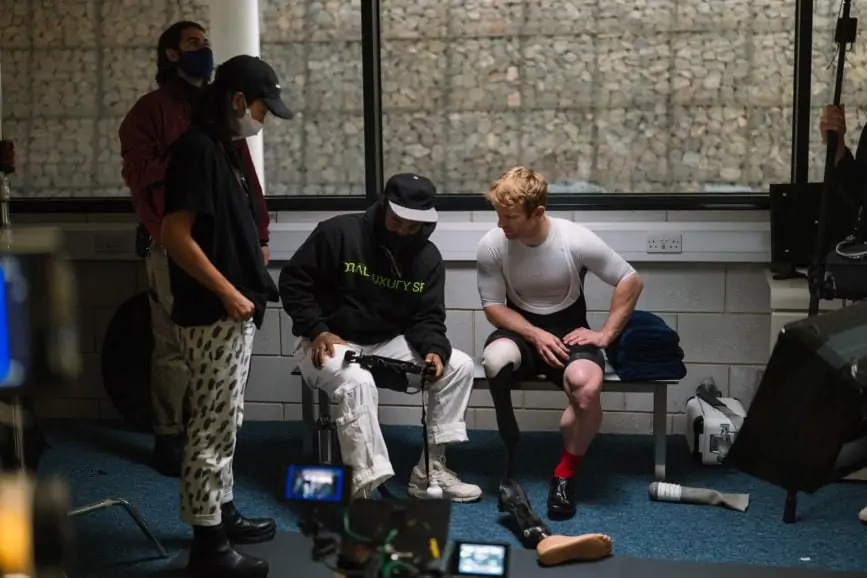
As well as being part of a film with such a unique concept and important message, Yang enjoyed shooting in London, where she has lived for 14 years, because she got to work with her regular crew and introduce Young to her “London production family”. “It was such a pleasure to collaborate with Bradford too and to see how he directs actors,” she says. “He’s a fantastic director and extremely good at communicating with people and keeping the energy up. Bradford has a great vibe and I also discovered he has an excellent playlist which helped maintain an upbeat mood on set.”
